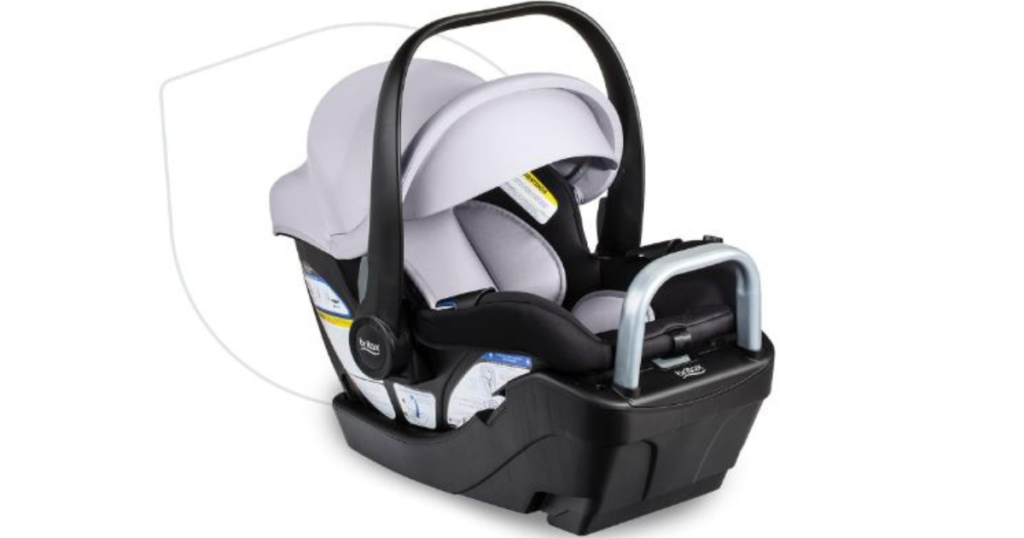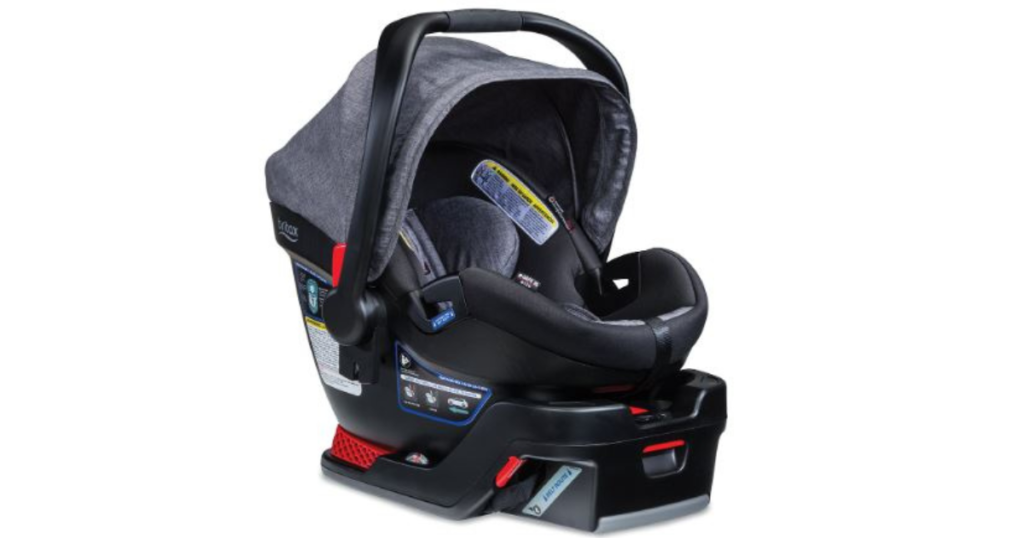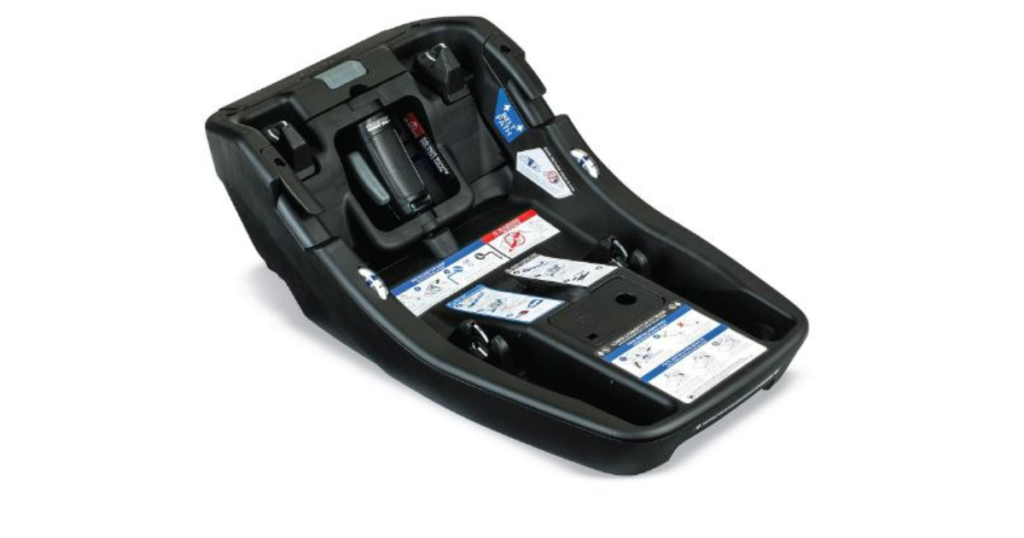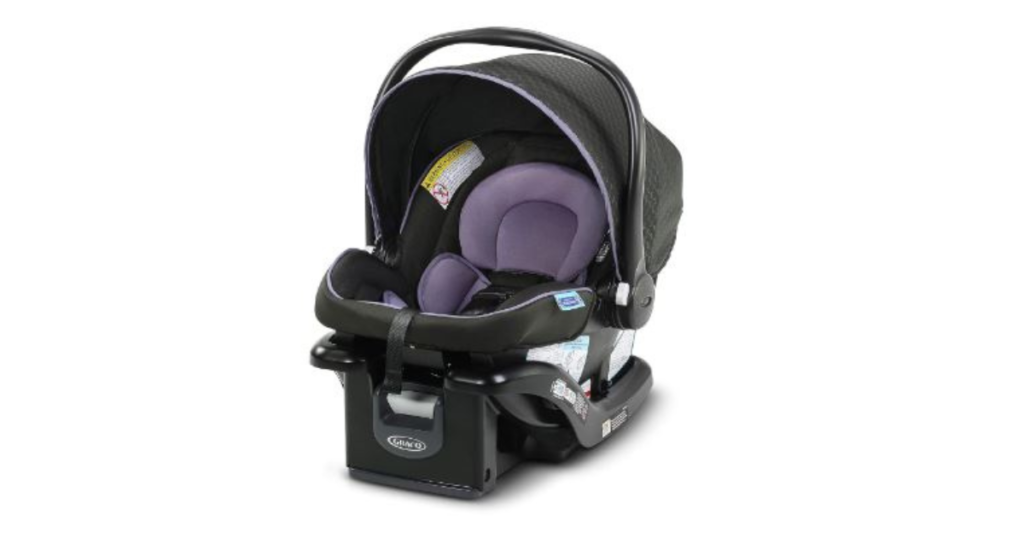Car seat bases serve as the foundation for ensuring the safety of infants and young children during car travel. Yet, many parents may not be aware that these essential components come with expiration dates.
Understanding why do car seat bases expire and how to identify expiration dates is crucial for ensuring the continued safety of your child. This article covers every necessary information parents need to know about car seat bases and their expiration.

Why Do Car Seat Bases Expire?
Car seat bases, despite being robustly designed to protect infants and young children during car travel, come with expiration dates for several critical reasons:
1. Safety Standards and Regulations
Car seat bases are subject to rigorous safety standards and regulations set forth by organizations like the National Highway Traffic Safety Administration (NHTSA). These standards evolve over time as new research, technologies, and materials become available.
The expiration dates ensure that car seat bases adhere to the latest safety requirements, providing optimal protection for children.
2. Material Wear and Tear
Like any product subjected to regular use, car seat bases experience wear and tear over time. Exposure to sunlight, fluctuating temperatures, and the stress of installation and removal can lead to the degradation of materials such as plastic and metal components.
This deterioration can compromise the structural integrity of the base, potentially rendering it less effective in protecting a child during a crash.
3. Technological Advancements
The field of child safety continues to advance with new innovations and discoveries aimed at enhancing protection in car seats. Updated designs, materials, and safety features continuously improve the performance and reliability of car seat bases.
Expiration dates prompt parents to replace older models with newer ones that incorporate the latest safety advancements, ensuring their child’s safety is not compromised.
How to Identify Expiration Dates
Identifying expiration dates on car seat bases is crucial for ensuring the safety of infants and young children during car travel. Here’s how to locate and interpret expiration dates effectively:
1. Manufacturer’s Label and Manual
The most reliable source for finding the expiration date of a car seat base is the manufacturer’s label. Typically, this label is located on the base itself or on the underside. It may also be found on the seat itself or in the instruction manual that accompanies the car seat.
2. Understanding the Expiration Date Format
Expiration dates on car seat bases can be represented in various formats, depending on the manufacturer.
Common formats include a month and year (MM/YYYY), a specific date, or a manufacturing date with an expiration period (e.g., 6 years from the date of manufacture).
Familiarize yourself with the format used by your car seat’s manufacturer to accurately determine the expiration date.
3. Importance of Checking for Expiration Dates
Regularly check the expiration date of your car seat base, especially if it has been in use for an extended period. Expiration dates serve as a guideline for when the integrity and safety features of the base may begin to degrade.
Adhering to these dates ensures that your child remains protected by utilizing car seat bases that meet current safety standards.
4. Consider Replacement Timelines
While car seat bases typically have expiration dates ranging from 6 to 10 years from the date of manufacture, it’s essential to consult the manufacturer’s guidelines for specific recommendations.
Some manufacturers may recommend replacing car seat bases sooner, especially if they have been involved in accidents or have experienced significant wear and tear.
5. Documentation and Record-Keeping
Keep records of the purchase date, installation date, and expiration date of your car seat base. This documentation helps ensure timely replacement and provides valuable information in case of warranty claims or safety recalls.
Risks Associated with Using Expired Car Seat Bases
Using expired car seat bases poses significant risks to child safety during car travel:
1. Compromised Structural Integrity: Material degradation over time can weaken the base’s structure, reducing its ability to protect children during accidents.
2. Reduced Crash Protection: Expired bases may fail to absorb impact forces adequately, increasing the risk of injury to the child.
3. Lack of Updated Safety Features: Expired bases may lack the latest safety innovations, potentially exposing children to preventable risks.
4. Voided Warranty and Liability Concerns: Using expired bases may void warranties and raise liability issues in accidents.
5. Non-compliance with Regulations: Using expired bases may violate safety regulations, leading to legal consequences.
6. Potential Legal Implications: Expired bases could complicate insurance claims and legal proceedings after accidents.
7. Risk of Injury or Fatality: Children are at increased risk of injury or fatality due to compromised protection from expired bases.
8. Compromised Peace of Mind: Parents may experience heightened anxiety knowing their child’s safety is compromised.
9. Impact on Resale Value: Expired bases have diminished resale value and may be challenging to sell or donate.
Factors That Influence Car Seat Base Longevity
Several factors influence the longevity of car seat bases, affecting their ability to provide optimal safety for infants and young children during car travel:
1. Frequency of Use
Car seat bases used daily or for extended periods may experience more wear and tear compared to those used infrequently. High-frequency usage can accelerate material degradation and compromise the structural integrity of the base.
2. Environmental Conditions
Exposure to sunlight, extreme temperatures, humidity, and other environmental factors can impact the longevity of car seat bases. Prolonged exposure to sunlight, for example, can cause materials to fade, degrade, or become brittle over time, reducing their effectiveness in protecting children during accidents.
3. Proper Maintenance Practices
Regular maintenance, such as cleaning and inspecting for damage, can help prolong the life of car seat bases. Following manufacturer guidelines for cleaning and maintenance can prevent premature deterioration and ensure that the base remains in optimal condition for as long as possible.
4. Storage Practices
Proper storage when the car seat base is not in use is essential for maintaining its longevity. Storing the base in a cool, dry place away from direct sunlight and potential hazards can help prevent damage and extend its lifespan.
5. Quality of Materials and Construction
The quality of materials used in the construction of car seat bases can significantly impact their longevity. High-quality materials and robust construction techniques are more likely to withstand the rigors of daily use and environmental exposure, resulting in a longer lifespan for the base.
6. Manufacturer’s Recommendations
Following the manufacturer’s recommendations regarding the lifespan and replacement of car seat bases is crucial for ensuring the continued safety of children. Manufacturers typically provide guidelines on when to replace the base based on factors such as expiration dates, usage patterns, and safety standards updates.
Frequently Asked Questions about Why Do Car Seat Bases Expire
What are the consequences of using an expired car seat base?
Using an expired car seat base can pose serious risks to your child's safety. The base may no longer provide sufficient protection during accidents, increasing the risk of injury or even fatality. Additionally, using an expired base may void warranties and insurance coverage, leaving you liable for any damages or injuries sustained.
How often should car seat bases be replaced?
Car seat bases typically have expiration dates ranging from 6 to 10 years from the date of manufacture. It is essential to check the expiration date indicated on the base and follow the manufacturer's recommendations for replacement. Factors such as frequency of use, environmental conditions, and proper maintenance practices may also influence the lifespan of the base.
Can I reuse a car seat base from a previous child?
It is generally safe to reuse a car seat base from a previous child if it has not expired and has been properly maintained. However, it is essential to inspect the base for any signs of damage or wear before reuse. Additionally, ensure that the base is compatible with your current car seat and vehicle and that it meets current safety standards.
How can I dispose of an expired car seat base?
When disposing of an expired car seat base, it is essential to ensure that it cannot be reused or salvaged. Cut the straps and remove any padding or accessories to prevent someone from using the base again. Many communities offer recycling programs for car seats and car seat bases, or you can check with local waste management authorities for disposal options.
Tips for Extending the Life of Car Seat Bases
To extend the life of car seat bases, follow these tips:
1. Regular Inspections: Check the base for signs of wear, damage, or loose parts regularly.
2. Proper Cleaning: Clean the base according to the manufacturer’s instructions to prevent buildup of dirt and debris.
3. Safe Storage: Store the car seat base in a cool, dry place away from direct sunlight and extreme temperatures.
4. Avoid Harsh Chemicals: Use mild soap and water for cleaning to avoid damaging the materials of the base.
5. Follow Manufacturer Guidelines: Adhere to the manufacturer’s recommendations for maintenance, including when to replace the base.
Conclusion
Understanding car seat base expiration is paramount for ensuring child safety during car travel. By familiarizing yourself with expiration dates, you can make informed decisions regarding the replacement of car seat bases.
Prioritizing safety above all else is essential in safeguarding the well-being of our children on the road.




